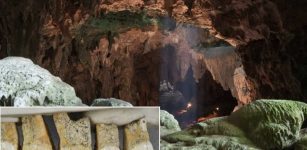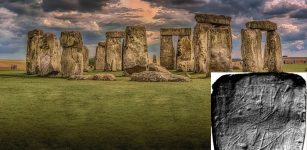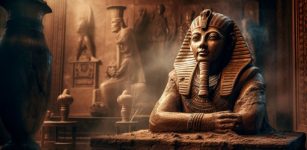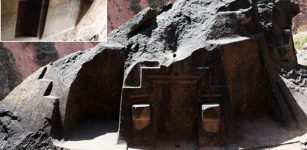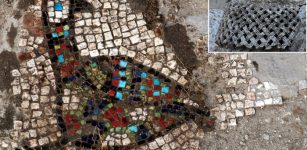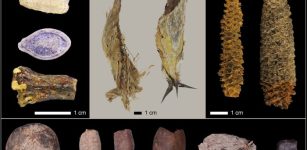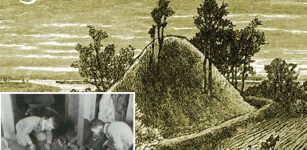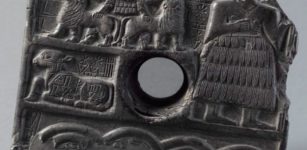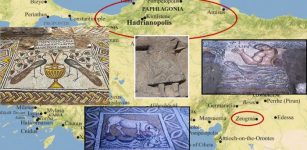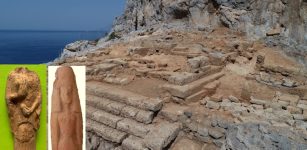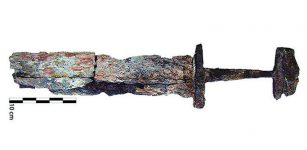Over 2,000 Clay Figurines Discovered In The Ancient City Of Kythnos
Jan Bartek - AncientPages.com - The ancient city of Kythnos on the Aegean Sea island has long fascinated archaeologists. The site, first inhabited about 10,000 years ago, has some of the oldest prehistoric settlements in the Cyclades.
An aerial view of the hilltop ancient sanctuary in Vryokastro, on the Aegean Sea island of Kythnos. Credit: Greece's Culture Ministry
In a press statement, Greece’s Culture Ministry has announced archaeologists excavating at Kythnos have made major discoveries. More than 2,000 intact or almost complete clay figurines. Most of the ancient artifacts depict women and children, but some were also produced in the image of male actors and animals such as tortoises, lions, pigs, and birds.
The ancient figurines were unearthed near a temple complex which suggests the objects were offerings left by ancient worshippers. The sanctuary was dedicated to Demeter, the ancient Greek goddess of agriculture, and her daughter Persephone.
Several ancient coins were unearthed. Credit: Greece's Culture Ministry
At the site, scientists also unearthed several lamps of the Archaic-Roman period and poly hybrid ritual lighting vessels, ring-shaped "horns" with epithets, miniature vases, and luxury pottery imported from other parts of Greece. The ancient votive offerings include copper, silver, bone, glass jewelry, marble, and alabaster vessels. Some bronze Roman coins have also been found (e.g., Trajan's Sestertius, after 106 AD, and Diocletian's coin of 285 AD). However, a silver Kythnian coin with the head of Apollo on the obverse and a lyre on the reverse is of special interest, as the Kythnian coins of the Hellenistic period known to date are all bronze.
The temple was dedicated to Demeter and Persephone. Credit: Greece's Culture Ministry
"The seaside site of Vryokastro on Kythnos was the ancient capital of the island, inhabited without a break between the 12th century B.C. and the 7th A.D., when it was abandoned for a stronger position during a period of pirate raids.
More than 2,000 ancient clay figurines were discovered. Credit: Greece's Culture Ministry
The artifacts came from the scant ruins of the two small temples, a long building close by that may have served as a temple storeroom and a nearby pit where older offerings were buried to make space for new ones. The sanctuary was in use for about a thousand years, starting from the 7th century B.C.
Credit: Greece's Culture Ministry
Credit: Greece's Culture Ministry
Credit: Greece's Culture Ministry
It is unclear to what extent the site on Kythnos was associated with Eleusis — one of the most important religious centers in ancient Greece, where the goddesses were worshipped during secret rites that were only open to initiates forbidden to speak of what they saw. The sanctuary at Eleusis is known to have owned land on the island," Ekathimerini reports.
See also: More Archaeology News
The five-year excavation program at Vryokastro Kythnos (2021-2025) is being conducted under the direction of Professor of Classical Archeology Alexandros Mazarakis Ainianos and the Curator of Antiquities Dr. Dimitris Athanasoulis.
The exact use and dating of all the uncovered structures and artifacts will be determined when the excavation works have finished.
Written by Jan Bartek - AncientPages.com Staff Writer








